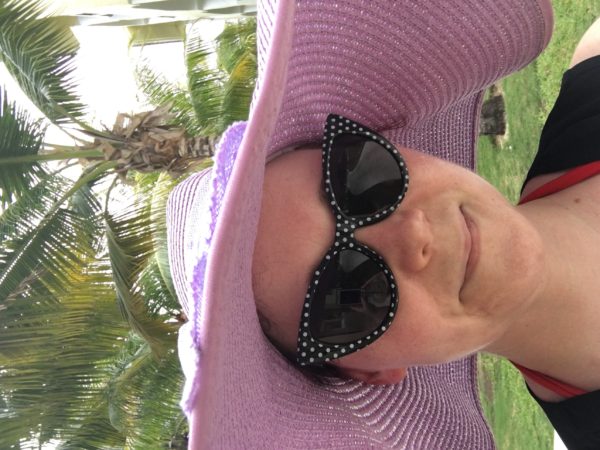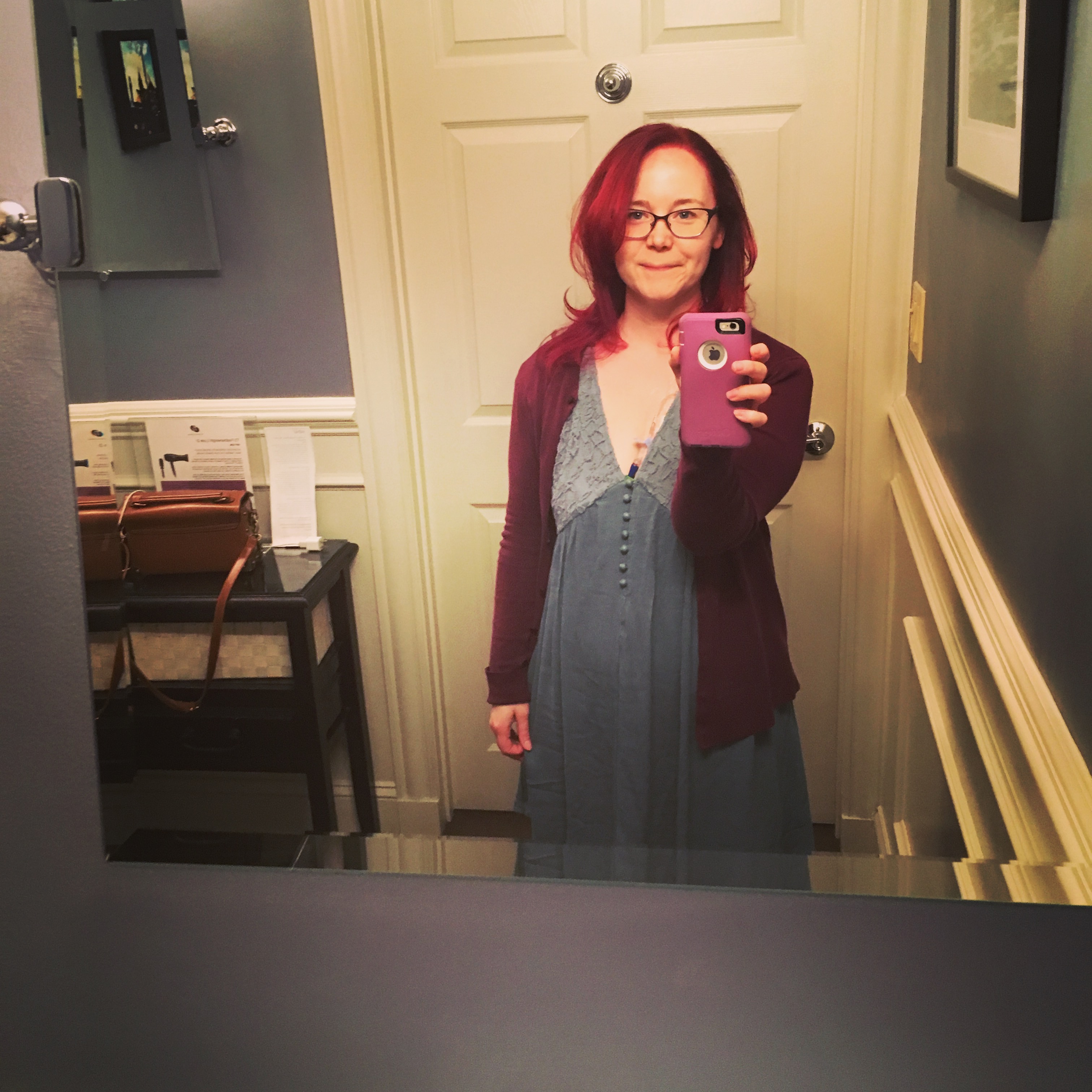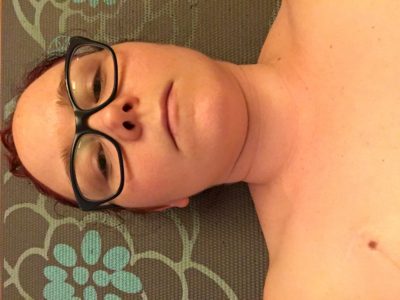35. Why are there different sets of criteria for mast cell activation syndrome? What are the differences between them?
To answer this fully, we need to first discuss the history behind some terms.
Mast cell activation syndrome was first used to describe episodes of mast cell mediator release symptoms in a paper published in 2007 (Akin 2007). Specifically, the term was used to detail the experience of patients who had symptoms we commonly associated with mast cell activation, like flushing, hives, and low blood pressure.
However, the patients in this study were all found to have some features of systemic mastocytosis. While they had some of the criteria for an SM diagnosis, they didn’t meet all the criteria. These patients sort of looked like SM and quacked like SM but would not cleanly meet the diagnostic criteria. So the author of that paper made a separate diagnostic category for them. He called it monoclonal mast cell activation syndrome.
The use of the word “monoclonal” is VERY important here. Monoclonal is a medical term that is associated with the body making too many cells at once so that the cells that are made don’t work correctly. Systemic mastocytosis is a condition in which the body makes too many cells at once that don’t work right. It is a monoclonal disorder. So the author of that paper in 2007 is linking monoclonal mast cell activation syndrome to systemic mastocytosis. He thought of it as sort of a “pre-SM” or “early SM”.
Shortly after that 2007 paper was released, another school of thought was proposed by different groups about the nature of mast cell activation syndrome. These groups also linked the term mast cell activation syndrome to symptoms of mast cell activation, like flushing, hives, and all the rest. However, they did NOT link mast cell activation syndrome to monoclonality. This means that these researchers felt that mast cell activation syndrome could be present without a condition where you make too many sloppy cells like systemic mastocytosis. So patients with no evidence of systemic mastocytosis could still have mast cell activation syndrome according to these groups. The two major groups that believed MCAS was distinct from SM were led by Afrin/Molderings and Castells.
Let’s recap:
In 2007, Akin described mast cell activation syndrome as something that happened only in patients that had some evidence of systemic mastocytosis but not enough to be diagnosed with systemic mastocytosis. In order for this group to diagnose you with mast cell activation syndrome, you had to have evidence of systemic mastocytosis. It was an add on diagnosis to SM, sort of like SM with really bad symptoms.
In the years that followed, two groups, led by Afrin/Molderings and Castells, described mast cell activation syndrome as something that was distinct from systemic mastocytosis and could be found in anyone, even if they had no evidence of systemic mastocytosis at all.
Okay. So these two groups agreed that MCAS could happen to anyone. But they differ greatly in how they think MCAS can be diagnosed. For these groups, MCAS is NOT an add on diagnosis to systemic mastocytosis. It is a standalone diagnosis and entity.
So if the term MCAS was already being used, why didn’t the other groups just call their diagnosis something different? There isn’t a good answer to this but it is super common. Things are much more fluidly changing in the time between coining a term and having the diagnosis accepted by a large organization like the CDC so that your insurance can bill for treatment for that diagnosis. It would be great if everyone just used different names for their variants but this just doesn’t always happen.
Castells feels that in order to be diagnosed with MCAS, you have to show mast cell mediator symptoms, response to medications to treat mast cell activation, and evidence of mast cell activation. You also have to rule out every other possible cause of mast cell activation. Keep in mind that your mast cells are normally activated for lots of reasons so this can really difficult to do.
Additionally, this school considers mast cell activation to be evidenced only by elevation of serum tryptase, 24 hour urinary n-methylhistamine or 24 hour urinary prostaglandin D2 or 9a,11b-prostaglandin F2. So if none of these mediators are high, the patient doesn’t meet the criteria for diagnosis.
Afrin’s criteria are harder to explain because he believes that you should provisionally be diagnosed with mast cell activation disease, which can be a few different things, and then it should be narrowed down to mast cell activation syndrome or another mast cell condition.
The key difference between Afrin’s criteria and Castells’ are that he accepts elevated levels of several other mast cell chemicals to prove mast cell activation. Afrin counts toward diagnosis elevation of serum tryptase, 24 hour urinary n-methylhistamine, serum or 24 hour urinary prostaglandin D2 or 9a,11b-prostaglandin F2, 24 hour urinary leukotriene E4, heparin in blood, and chromogranin A in blood. All of these are released by mast cells. But some of them are released by other cells too so it’s not as easy to say for sure that mast cells cause the elevations. Additionally, some of these mediators are REALLY difficult to measure accurately, like heparin. So some people feel that these tests are less reliable to indicate mast cell activation alone.
Let’s talk about puppies for a second because when things get tough, just find a puppy and things will be cool from there on out.
Let’s present these three schools of thought on MCAS as puppies.
Let’s say that Akin is saying that all dogs with 10 spots on them have SM. He’s saying that dogs with some spots, but less than 10, have MCAS. He is also saying that dogs with NO spots CANNOT have MCAS.
Castells is saying that it doesn’t matter how many spots the dog has but it has to have either blue or green eyes to have MCAS. She doesn’t think the MCAS is related to spots but that it is related to specific eye color.
Afrin is saying that it doesn’t matter how many spots the dog has, or what color eyes. He will accept eyes of many other colors if the dog has a lot of symptoms that look like mast cell activation or respond to medications to treat mast cell activation.
I have simplified this as much as possible so it’s easier to understand. For that reason, I have omitted a lot of things. I am in no way saying that what I described here represents everyone’s experience. I am not saying that at all.
If you want my opinion on what MCAS is, and I’m inclined to think you do because you’re on my website reading my thoughts about mast cell disease, I feel that the evidence points strongly towards a space that blends both Afrin’s and Castells’ points. I feel that we should use more mast cell mediators than just serum tryptase, 24 hour urinary n-methylhistamine, serum or 24 hour urinary prostaglandin D2 or 9a,11b-prostaglandin F2. But I personally find the reliability of tests for heparin level to be very problematic and elevations of chromogranin A can be from so many things. I am not AT ALL saying that people diagnosed with these elevated markers do not have MCAS. I professionally develop diagnostics and these tests are just not great.
I also don’t think there’s enough evidence yet to say that mast cell disease can be proven with a biopsy demonstrating a certain number of mast cells per hpf (high powered field, this is a measurement we use for counting things we see under a microscope). I think it is very suggestive of inflammation and mast cell activity. But there are MANY instances in which normal, healthy, asymptomatic patients have a bunch of mast cells/hpf in their biopsies when they are used in studies.
So I’m solidly in the MCAS is its own entity group but don’t fall evenly into one group or the other regarding diagnosis.
Regarding treatment, I land more squarely with Afrin. I believe that if you have tried all of the conventional treatments and continue to have life threatening episodes, you should be able to try more drastic treatments provided you are well supervised by a knowledgeable provider. This is my personal opinion and in no way reflects the views of my employer. I think that if you are constantly anaphylaxing, or have no safe foods, or have dystonic seizures, or can’t stand up, and you have gone through a long list of “reasonable treatments” that you have a right to try to preserve your life and the quality thereof with any means available.
So, yea. MCAS is a can of worms. But we owe it to MCAS patients to have these awkward discussions even though it’s, well, awkward. Patients are falling through the cracks and we owe it to them to identify what criteria would let us catch them so they can get diagnosed and treated sooner.
I’ve tried hard to explain this objectively but if I haven’t done great, let me know in the comments.
For more detailed reading, please visit these posts:
The Provider Primer Series: Mast cell activation syndrome (MCAS)
MCAS: Differing criteria among experts




